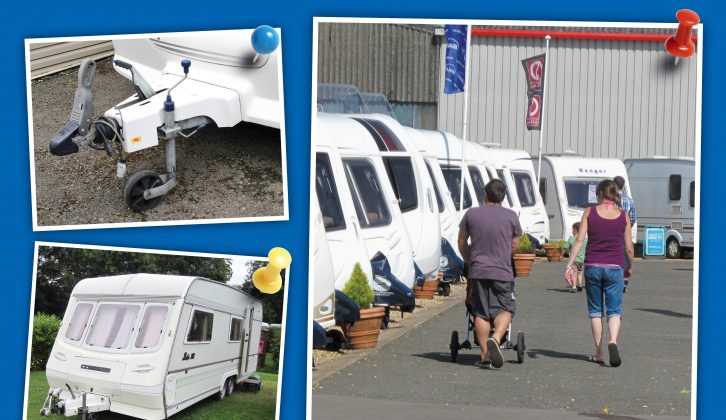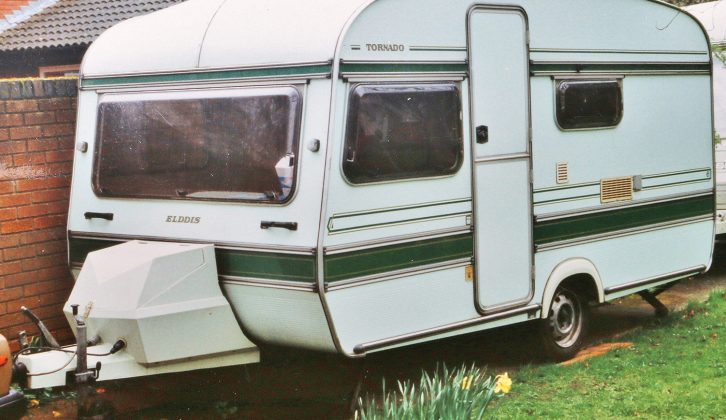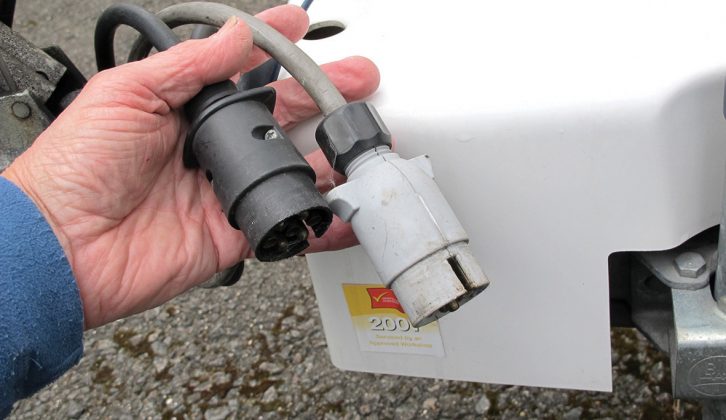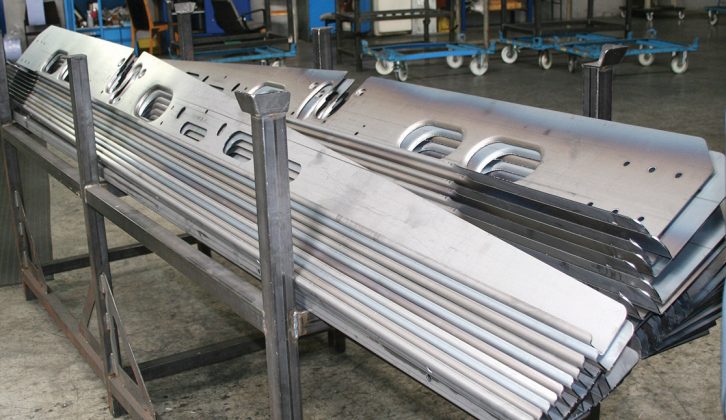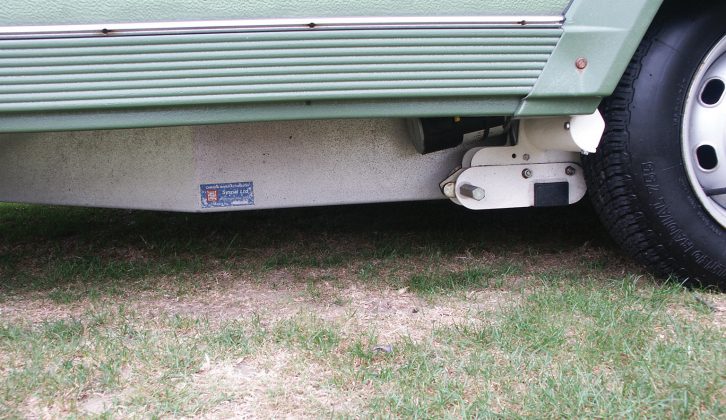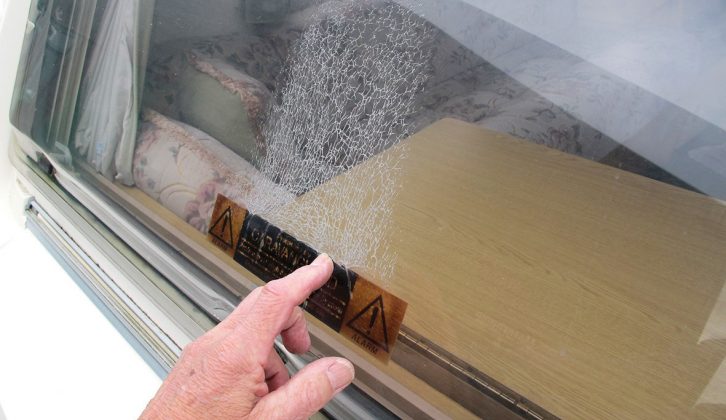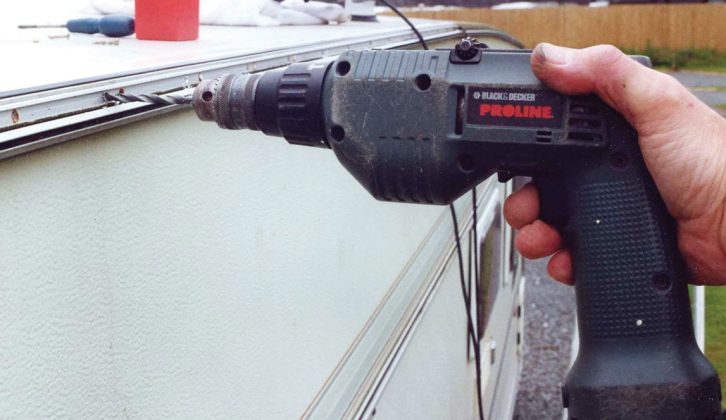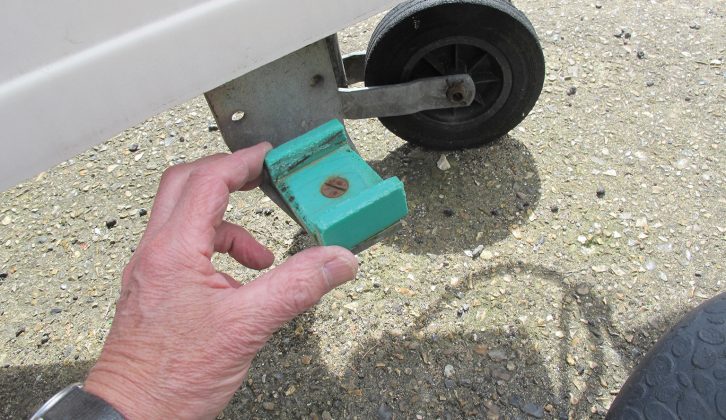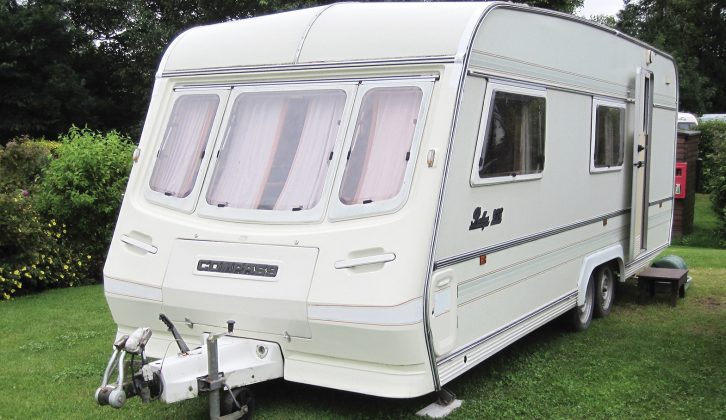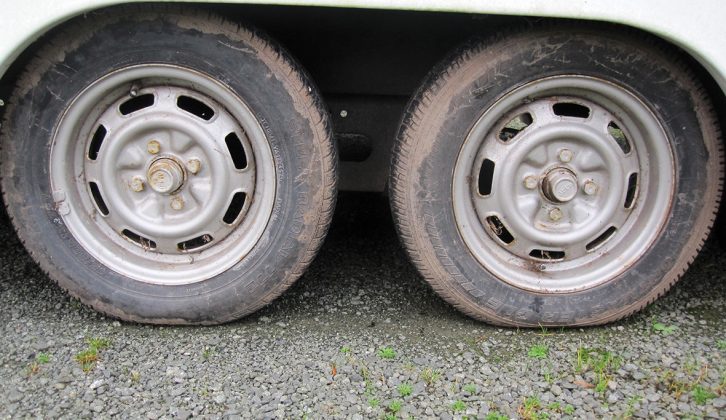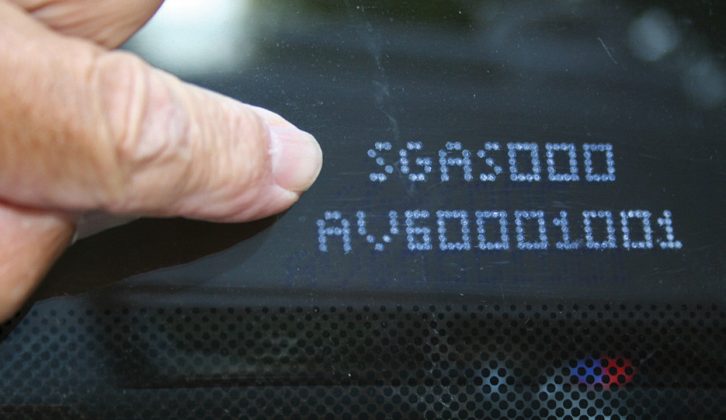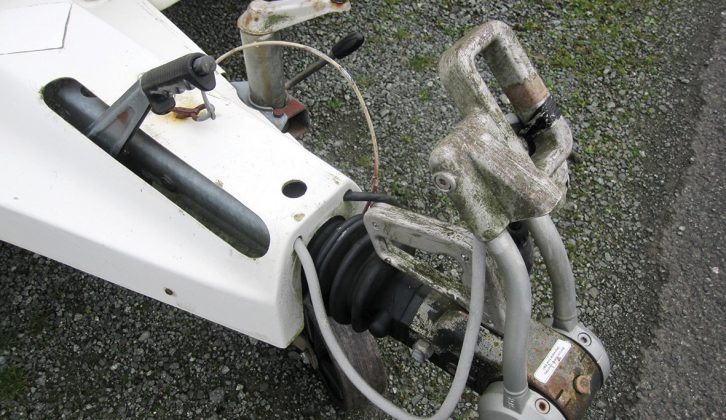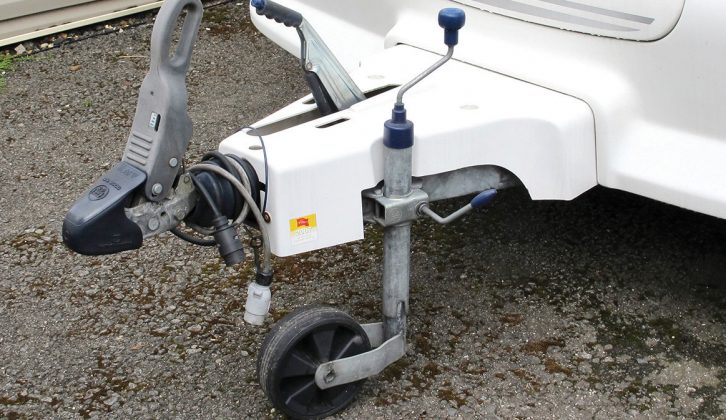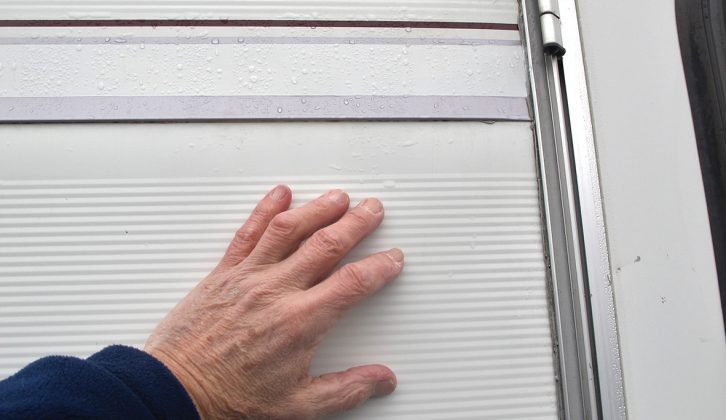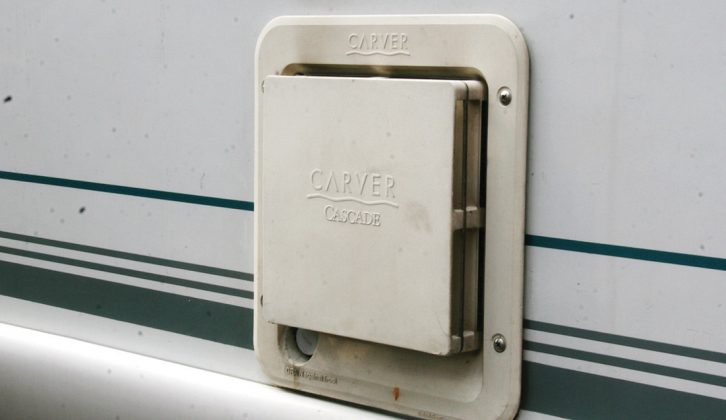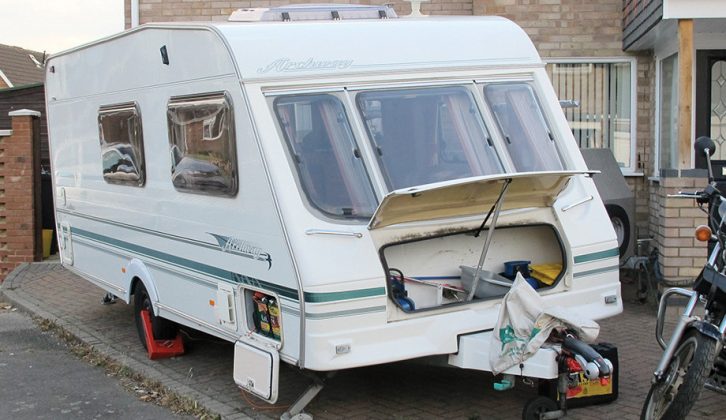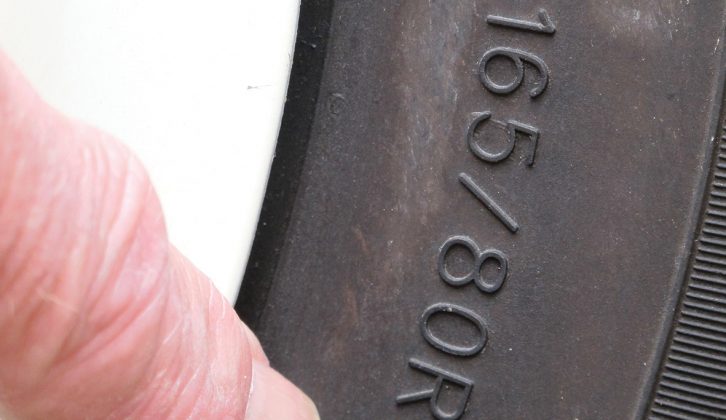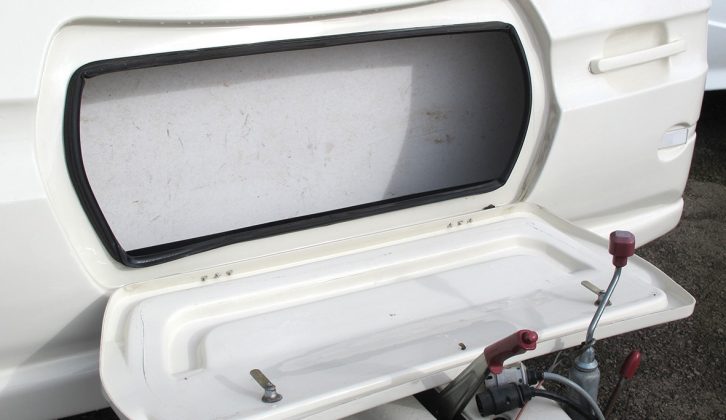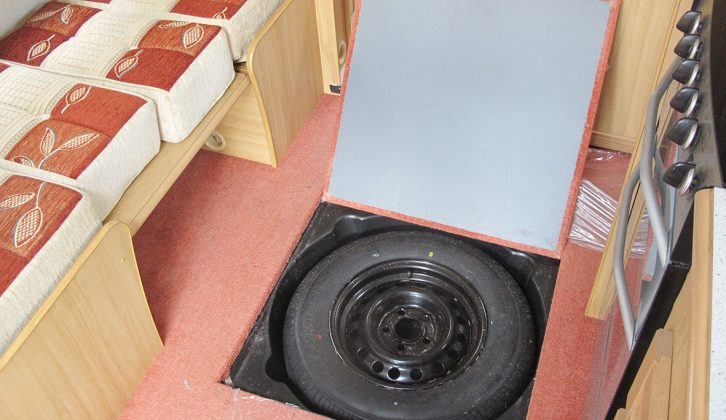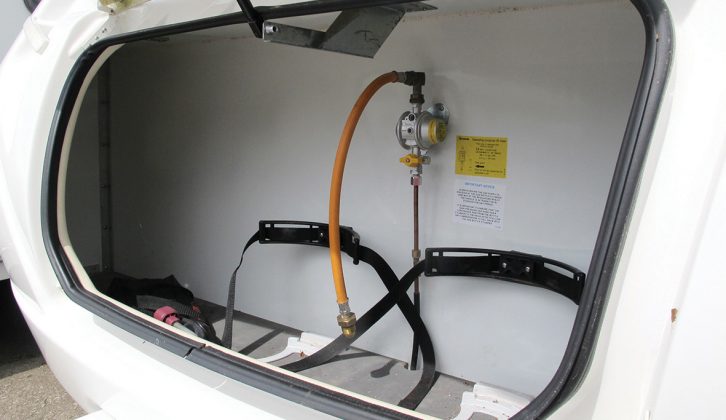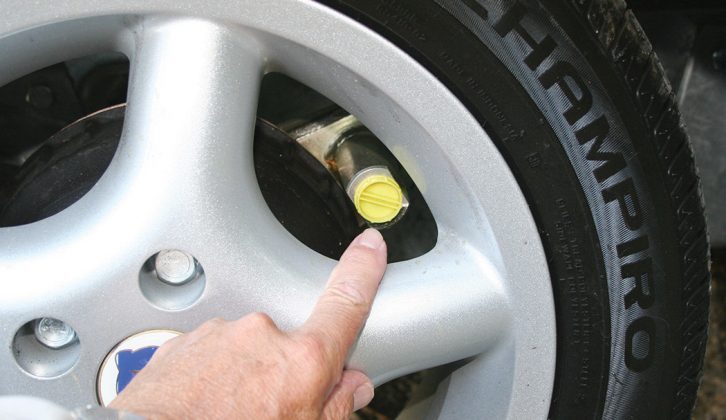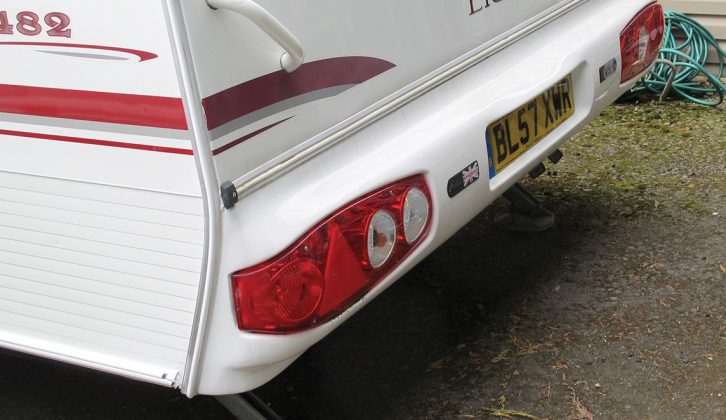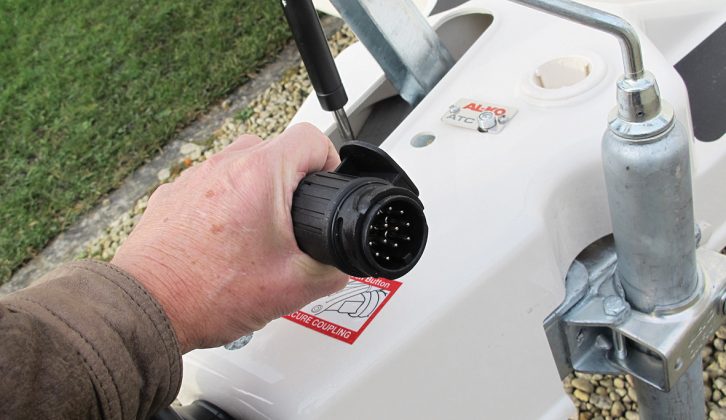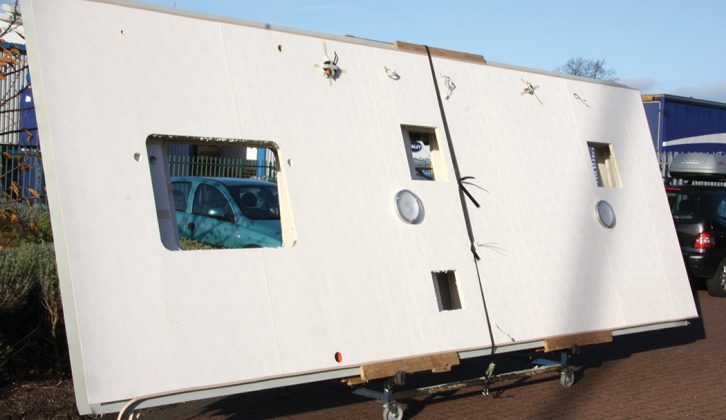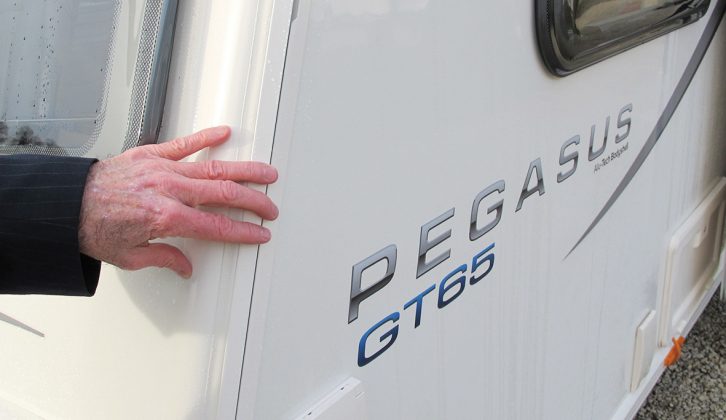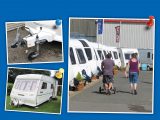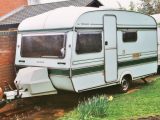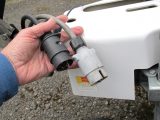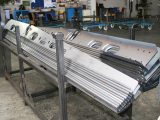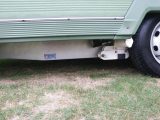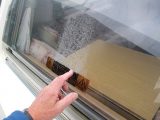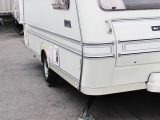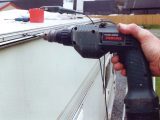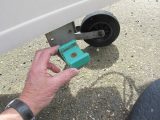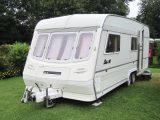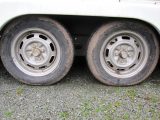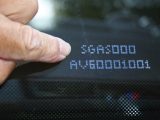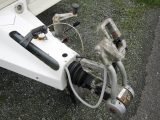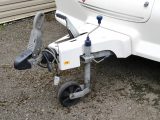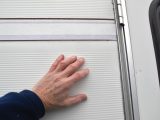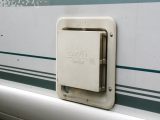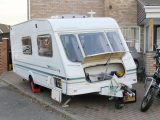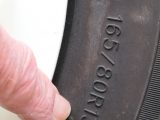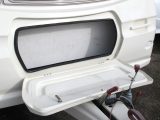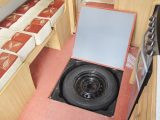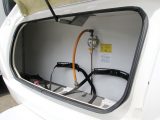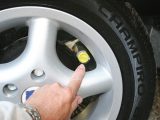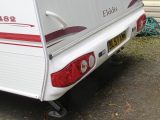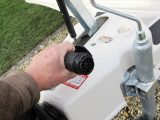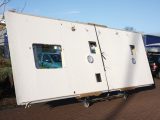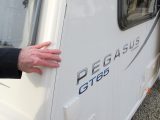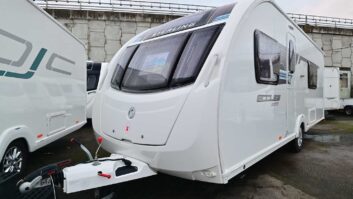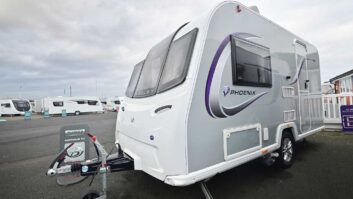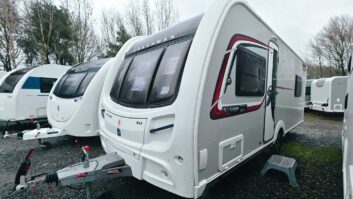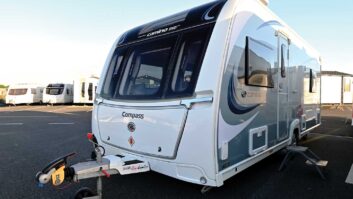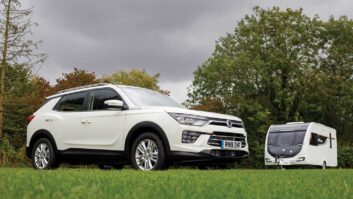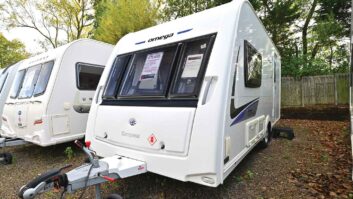Every summer, more people consider buying caravans. Whether this is prompted by flight delays, hotel disasters or wet-canvas camping is anyone’s guess.
Other factors come into play, too. For example, as autumn approaches, dealers want space for new-season models, so used caravans need to be sold quickly – bargain prices help.
It makes sense for first-time buyers to start with a pre-owned model because it’s a less costly way of learning what this pastime entails. But what should you look for – apart from the price?
Considerations such as your car’s towing ability, a caravan’s sleeping arrangements, style of soft furnishings and internal layout are obvious issues. There are also technical points to consider because caravans are constantly changing, and that’s where guidance is needed.
Notwithstanding ‘golden oldie’ bargains, caravans built before 1980 are usually collector’s items. They had clumsy chassis, little insulation and heavy glass windows that are hard to replace. (Here’s our advice on caravan restoration projects.)
For those reasons, our overview encompasses 1980-2009 models because that’s a period when significant changes took shape. We’ve also confined our attention to external features: internal fitments are for later appraisals.
Also be aware that caravans (unlike cars) don’t have mandatory supporting papers that verify their date of manufacture. So you’ll find several pointers here that will help confirm a caravan’s age.
1980-1989 models
This era began with the launch of lightweight chassis and plastic windows, plywood floor panels (which were bonded to block insulation), and twin electrical plugs to link the tourer to the tow car.
While their external appearance was not very different from the models that preceded them – at least to the untrained eye – construction methods were radically different.
1990-1999 models
This period was characterised by the popular use of painted aluminium panelling that bore a textured surface.
Lightweight chassis from two large German manufacturers – BPW and Al-Ko Kober – became standard and their brake assemblies and wheel bearings were changed around 1992.
Out went brake drums held by a split-pin and castellated nut, which DIY repairers tackled with ease. In came sealed bearings and retaining, self-gripping, one-shot wheel nuts that were being fitted on cars at the time and could only be removed using a special torque wrench.
Graphic adhesive transfers replaced many screw-on plastic badges, although body leaks continued to shorten the working life of too many caravans.
The Central Registration and Identification Scheme (CRiS) was launched during these years. Since then, every new UK-built caravan has had a vehicle identification number (VIN) etched onto its windows and stamped on the chassis.
2000–2009 models
During this decade, more changes to features were probably made than ever before. Security components, gas supply alterations, increasing wheel sizes, new forms of body construction, and coupling plug revisions all had an impact on caravanners’ experiences. Not all changes went smoothly but technological advances were pleasing to note.
Without doubt, if you plan to purchase a caravan built in this period, check the photos in our carousel at the top of the page.
Post-2009 models
Several new ways of building stronger caravan bodies with less susceptibility to rainwater intrusion have since appeared. Plastic support struts in floor and wall panels are often used now in preference to timber battens.
Thermal insulation has also improved and some models submitted for cold-chamber testing have been shown to maintain warm interiors in extremely low temperatures. The evolution of caravan construction methods continues relentlessly.
Top tips
- If you purchase an older caravan whose windows are no longer obtainable, either go to a caravan disassembly company for a replacement or contact EECO (Exhaust Ejector Company).
- The term CRiS stands for the Caravan Registration and Identification Scheme, which is a UK initiative launched in 1992. This led to new British caravans being given a Vehicle Identification Number (VIN) and recorded in an information pack issued to owners. In addition to the anti-counterfeit registration document, the VIN that is kept in CRiS records is etched on the windows and chassis. Today the scheme is administered by the National Caravan Council. Electronic tags encoded with the VIN later became hidden in the body structure of caravans as well.
- Carver space and water heaters were widely fitted and when the factory ceased manufacturing them in 1999, that led to worries about obtaining spare parts. However, many of Carver’s heating products can be serviced and repaired by ARC Systems near Nottingham.
- When Avondale ceased trading, much of its stock of spare parts was purchased by Magnum Caravan Surplus (call 01472 353 520) of Grimsby to sell to the public.
What should you look for – apart from the price?
